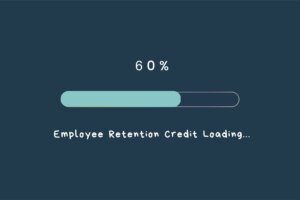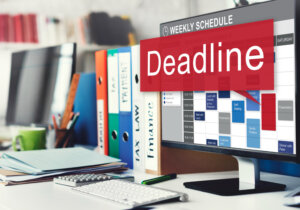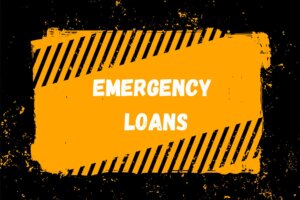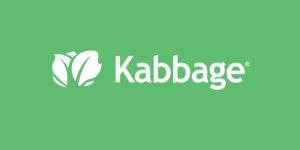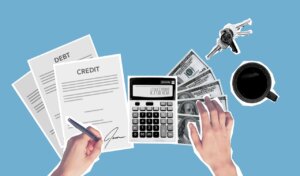…With Great Application Instructions
Once you decide to apply for a federal grant, you should immediately develop a set of Application Instructions. While every solid grant effort begins with a great kick-off meeting, every successful kick-off meeting begins with a comprehensive set of Application Instructions.
What are Application Instructions?
When you go on a trip with a group of people, you need to study the same maps, read the same guidebooks, and develop a common itinerary.
Embarking on a proposal effort is very similar to taking a group trip. Your team needs to have a common understanding of the tasks ahead.
Good Application Instructions will provide everyone with a clear, detailed roadmap to take them, confidently, from the kick-off meeting to the delivery of the proposal.
The Contents of Application Instructions
Before the kick-off meeting, provide team members with a copy of the grant guidelines and other relevant documents along with your Application Instructions. This should be a three- to four-page document that contains the following:
• Notes and Conventions. This is a bulleted list that includes information about
(1) the proposal’s due date and how it will be submitted;
(2) the number of anticipated awards, the amount of money
available, and the maximum size of a grant; and
(3) the format and layout of the grant narrative – font style, size,
justification, size of margins, etc.
• Application. This should be a table in three columns. The column on the
left should list every section of the entire application from the cover
sheet through the appendices. The narrative should be outlined according
to the grant guidelines. The middle column should be titled “Person(s)
Responsible” and left blank. And the third column should list the dates
when each of these application sections are due to the Project Manager.
• Evaluation Factors. List the evaluation factors, discuss how the application
will be scored, and explain what should be emphasized in the proposal
narrative as a result.
• Schedule. Create a two-column table. The left column should show major
dates starting with the kick-off meeting and ending with the delivery
of the application. The right column should list important activities
keyed to these dates, such as “Complete the first draft of the budget.”
Now your proposal team is ready for a productive kick-off meeting where everyone leaves with a shared understanding of how your proposal will be conceptualized, developed, and delivered.
=-=-=-=-=-=-=-=-=-=-=-=-=-=
Dr. Jayme Sokolow, founder and president of The Development Source, Inc. helps nonprofit organizations develop successful proposals to government agencies. He can be contacted at Jayme Sokolow.
 Sections of this topic
Sections of this topic

